Koreana Hotel (코리아나 호텔)
18.5Km 2021-06-21
135, Sejong-daero, Jung-gu, Seoul
+82-2-2171-7000
Koreana Hotel has been one of the top notch traveler's picks for more than 30 years, having the business motto 'comfort for our customers.'
The hotel is located at the Gwanghwamun fourway intersection, at the heart of Seoul, and provides 345 guest rooms. Amongst its dining facilities, the hotel boasts a Korean restaurant, Chinese restaurant, Japanese restaurant, and a Western restaurant, as well as a bar, coffee shops, and bakery. Eight banquet halls and a sauna are also available.
The hotel has operated as the main press center restaurant for the 1988 Seoul Olympics, and subsequently operated as the Olympic Village Restaurant for the Special Olympics. As a result of their successful operations, the hotel received lavish praise from the organizers, as well as from the players and staff for the high quality food and spectacular service.
Great Shanghai (대상해)
18.5Km 2020-02-07
135, Sejong-daero, Jung-gu, Seoul
+82-2-2171-7869
Great Shanghai is a Chinese restaurant serving deliciously genuine Sichuan and Beijing-style cuisine, located within the Koreana Hotel. Their specialty is shark's fin, directly imported from Sanji, and prepared by the head chef who has over 30 years of experience. Aside from shark's fin, the healthy buldojang, mapadubu and ddanddanmyeon are also top menus. Great Shanghai is decorated with high-quality interior design, and features rooms of various sizes for groups and business dinners.
Cheongdo Yangkkochi (청도양꼬치)
18.5Km 2021-03-29
23-4, Yeongjung-ro 6-gil, Yeongdeungpo-gu, Seoul
+82-2-703-7200
It is a place where you can enjoy various Chinese dishes as well as lamb dishes. This restaurant's signature menu is lamb skewers. This Chinese (cuisine) restaurant is located in Yeongdeungpo-gu, Seoul.
Lens Me - Yeongdeungpo Branch [Tax Refund Shop] (렌즈미 영등포)
18.5Km 2024-04-17
1F, 5, Yeongjung-ro, Yeongdeungpo-gu, Seoul
-
Soon Chun Hyang University Hospital Bucheon (순천향대학교 부속 부천병원)
18.5Km 2025-07-29
170 Jomaru-ro, Wonmi-gu, Bucheon-si, Gyeonggi-do
As a base hospital across the western part of Gyeonggi Province with a population of 2 million, Soonchunhyang University Bucheon Hospital is always devoting itself to improving the health and well-being of the people by providing intensive care for severe patients, lifelong treatment for patients with incurable diseases, and world-class treatment for specialized diseases. In particular, its Robotic Surgery Center applies robotic surgeries to various severe surgeries in urology, obstetrics and gynecology, surgery, thoracic surgery, and otolaryngology with up-to-date medical equipment. The Gastroenterology Center has the nation's top-level specialists who provide the best treatment with skilled high-level techniques and the latest endoscopes and ultrasound equipment. In addition, its International Medical Team, established in 2009, conducts medical service exchanges in various ways such as international medical exchanges and treatment of foreign patients. In particular, we strive to provide more comfortable, specialized, and fast treatment through our database on Russian, Central Asian, and Mongolian patients, accumulated over a long time.
Appenzeller Noble Memorial Museum (배재학당 역사 박물관)
18.5Km 2022-10-14
19, Seosomun-ro 11-gil, Jung-gu, Seoul
+82-2-319-5578
The Appenzeller Noble Memorial Museum is dedicated to Henry Gerhart Appenzeller, the missionary who opened the first Western-style educational institution in Korea in 1885. The school started with English and core subjects, but expanded into the Pai Chai University, Pai Chai High School, and Pai Chai Middle School and has many famous alumni, including Rhee Syng-man. The memorial hall opened in 2008 in the east wing of the original school building, which was built in 1916 and designated as a Seoul Monument. With dynamically arranged permanent exhibitions, annual special exhibitions and special lectures, the museum offers a unique learning experience to visitors and people with an interest in the history of education in Korea.
Olive Young - Sindorim Branch [Tax Refund Shop] (올리브영 신도림)
18.5Km 2024-04-18
#109, 661, Gyeongin-ro, Guro-gu, Seoul
-
CU - Koreana Hotel Branch [Tax Refund Shop] (cu코리아나호텔점)
18.6Km 2024-06-26
135, Sejong-daero, Jung-gu, Seoul
-
Rakkojae Seoul Bukchon Hanok Hotel (락고재 서울 북촌 한옥호텔)
18.6Km 2024-12-23
49-23 , Gyedong-gil, Jongno-gu, Seoul
+82-2-742-3410
Rakgojae Bukchon Hanok Hotel in Jongru-gu, Seoul, is a traditional hanok compound with a 130-year history, renovated by master carpenter Jeong Yeong-jin. The elegant gate and stone walls, the traditional roof tiles, the jangdokdae jar store, the pavilions and ponds - not to mention the beautiful pine trees - express the archetypal beauty of hanok. Sitting on the daecheongmaru (wooden patio) with a breeze in the trees, guests will feel taken back in time. Guestrooms are clean and comfortable, and visitors can relax in a wood-fired red-clay sauna and a jade-covered ondol room,. Traditional culture programs are available.
Deoksugung Palace (덕수궁)
18.6Km 2025-06-25
99 Sejong-daero, Jung-gu, Seoul
Registered as a Historic Site, Deoksugung Palace was initially not a royal palace, but the residential home of Grand Prince Wolsan (1454-1488), the older brother of King Seongjong (1469-1494) of the Joseon dynasty. It wasn't until 1593 that the palace was used as a temporary palace of the royal family after their home was burned down during the Imjin War. King Seonjo also stayed at Deoksugung Palace after returning to the city. It became a proper palace when Gwanghaegun (1575-1641) ascended to the throne and gave this royal residence the name Gyeongungung Palace in 1611. Over the following decades, the palace alternated between being an official palace and a temporary residence. The name did not change officially to Deoksugung Palace, meaning the “palace of virtuous longevity,” until 1907. While the palace once encompassed a vast area with many buildings, the current palace grounds are just a small shadow of the prior splendor, with very few structures remaining.
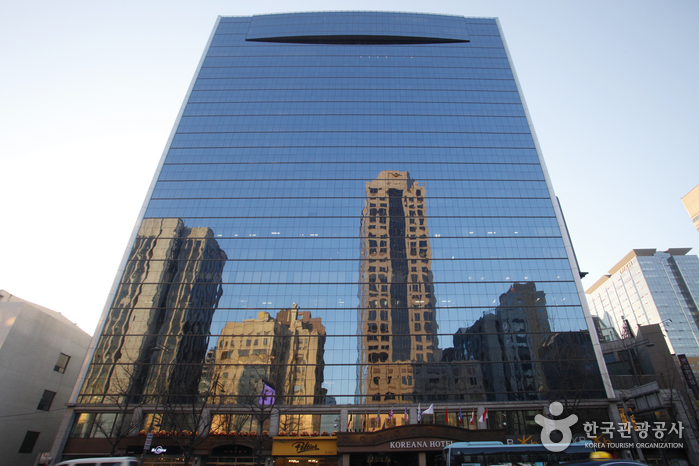
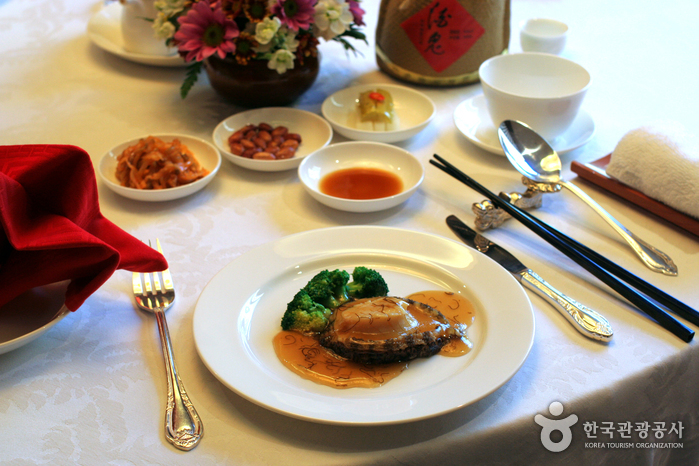
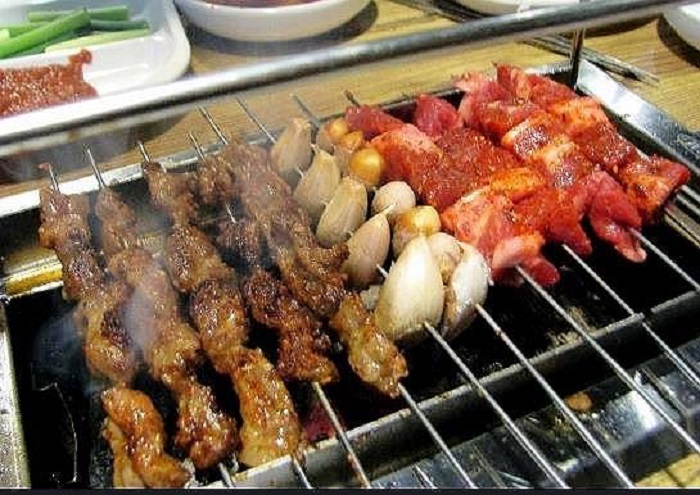
![Lens Me - Yeongdeungpo Branch [Tax Refund Shop] (렌즈미 영등포)](http://tong.visitkorea.or.kr/cms/resource/49/2880049_image2_1.jpg)

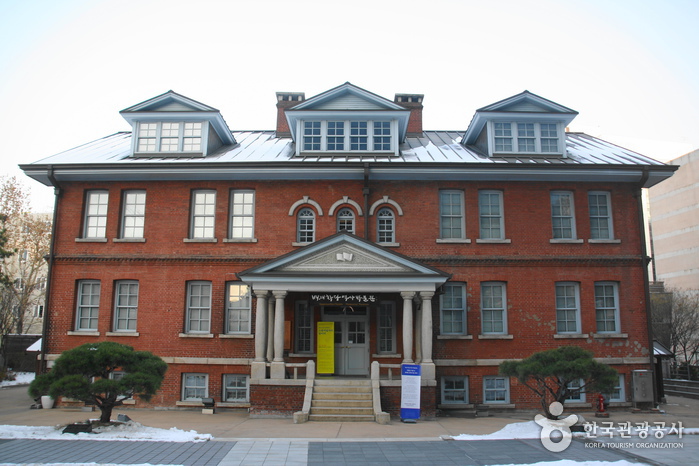
![Olive Young - Sindorim Branch [Tax Refund Shop] (올리브영 신도림)](http://tong.visitkorea.or.kr/cms/resource/51/2880151_image2_1.jpg)
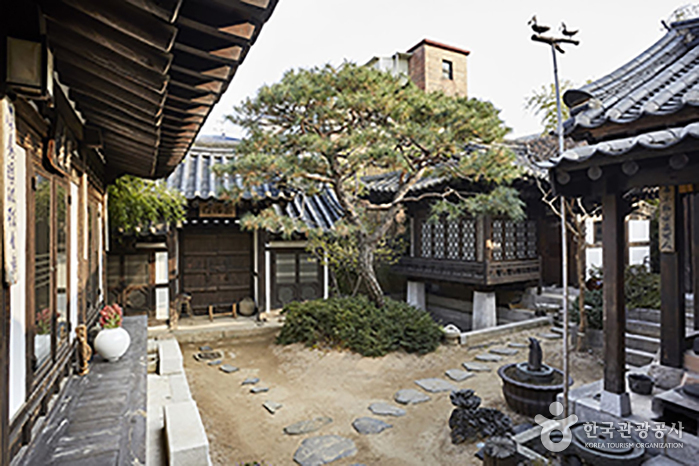
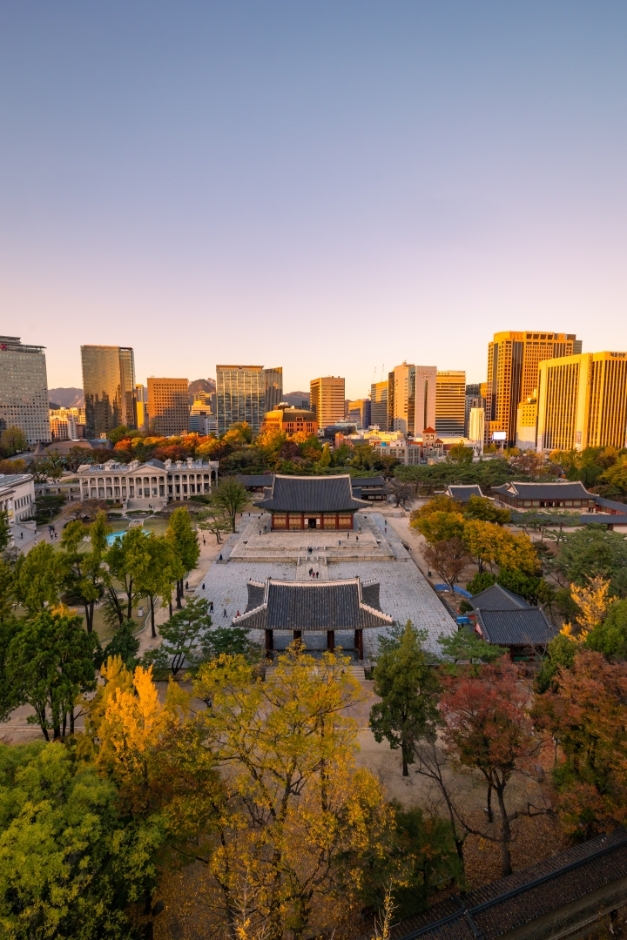
 English
English
 한국어
한국어 日本語
日本語 中文(简体)
中文(简体) Deutsch
Deutsch Français
Français Español
Español Русский
Русский